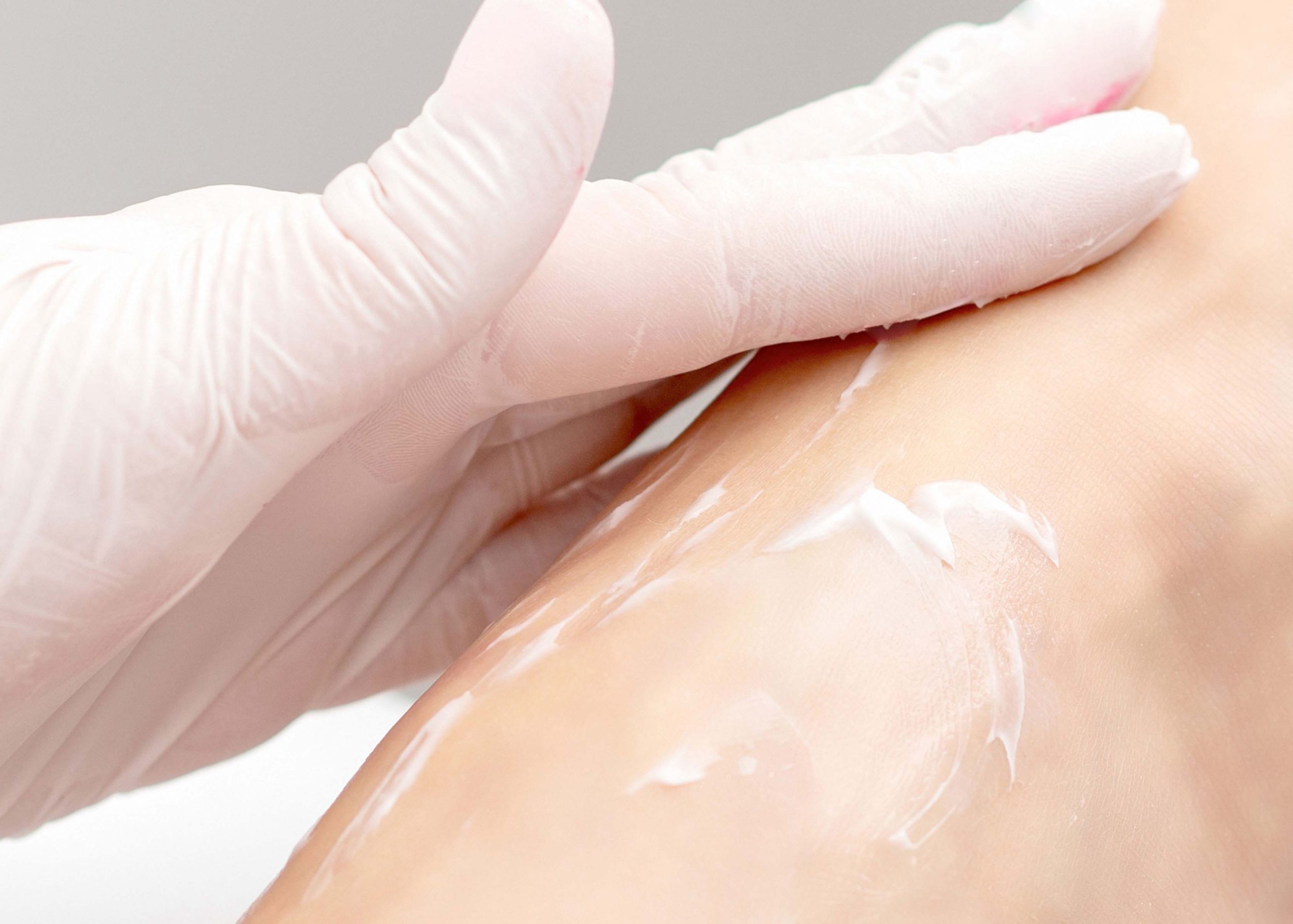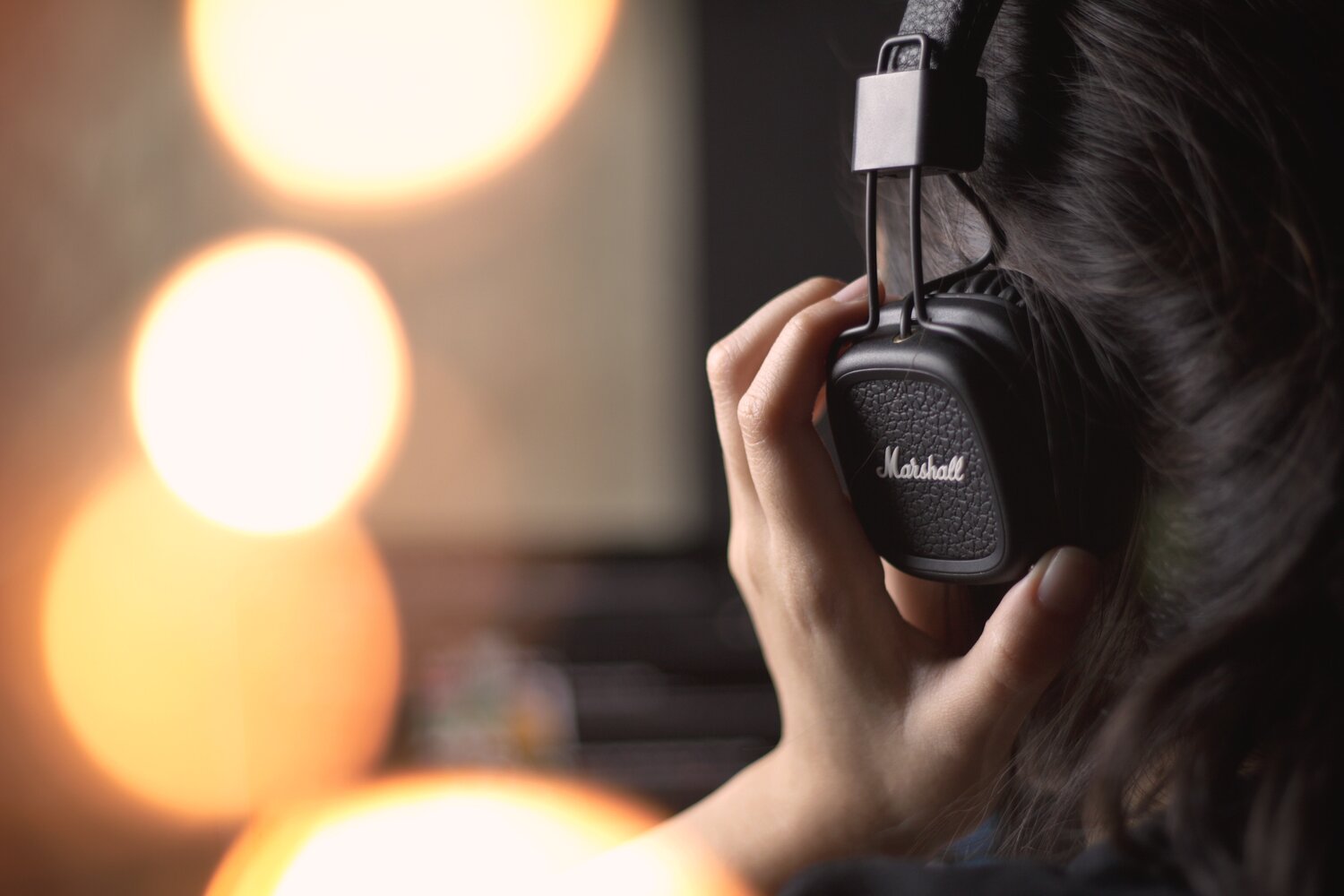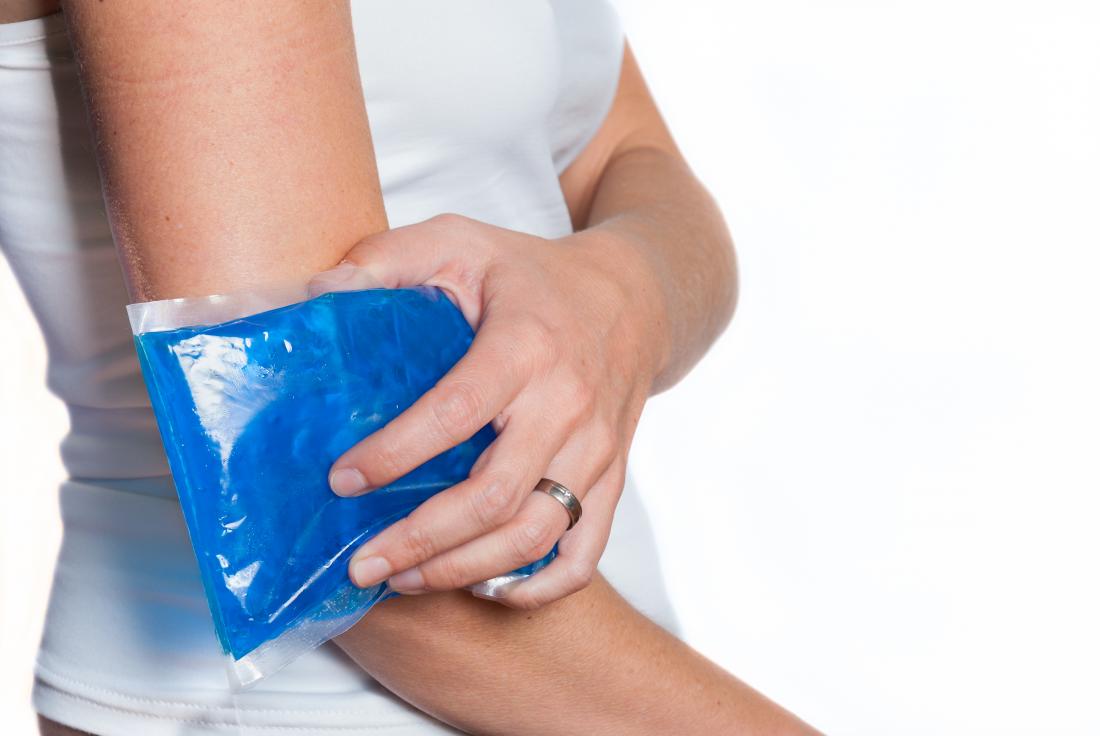
Waxing is a popular hair removal method known for its long-lasting results and smooth skin. However, for many individuals, the pain associated with waxing can be a deterrent. Some women are so courageous that they do their own waxing while sitting at home. It is very important to remember that hair loss is the law of nature. Fortunately, there are several techniques and tips that can significantly reduce the discomfort experienced during a waxing session.
In this article, we will explore ten proven techniques to make waxing less painful and more pleasant experience.
Properly preparing your skin before a waxing session is essential for minimizing pain. Exfoliate the area a day or two before waxing to remove dead skin cells and prevent ingrown hairs. Additionally, avoid using lotions or oils on the day of waxing, as they can interfere with the wax's grip on the hair.
Timing is crucial when it comes to waxing. Do the waxing at least a week after or before your period, as the body tends to be more sensitive during that time. Avoid scheduling waxing sessions right before or after intense physical activities, as your skin will be more sensitive.
Trimming long hair before waxing can reduce pain by preventing the wax from tugging excessively. However, make sure not to trim the hair too short, as it should ideally be around a quarter of an inch for optimal wax adhesion.

If you have a low pain threshold or are particularly anxious about waxing, consider applying a topical anesthetic cream or gel before waxing. These products can help numb the area, making the experience more comfortable.
Effective communication with your esthetician is crucial if you are getting done from a specialist. Inform them about your pain tolerance, previous experiences, and any concerns you may have. They can adjust their technique, use smaller strips, or work in smaller sections to minimize discomfort.

Practicing relaxation techniques before and during the waxing process can help distract your mind from the discomfort. Deep breathing exercises, listening to calming music, or using visualization techniques can all contribute to a more relaxed state, reducing the perception of pain.
Consider using hard wax instead of soft wax, as it adheres to the hair rather than the skin, resulting in less pain. Hard wax is ideal for sensitive areas such as the bikini line, underarms, and face.
For individuals who experience moderate pain during waxing, taking an over-the-counter pain reliever such as ibuprofen or acetaminophen before waxing can help minimize discomfort.

Applying a cold compress to the waxed area immediately after the procedure can help soothe the skin and reduce inflammation. The cold sensation also acts as a distraction from any lingering discomfort.
Take a gap of at least 8 hours after waxing before exercise or workout, as sweat and heat can inflame your skin and make it prone to rash. Also, avoid a hot shower or a steam bath for 1-2 days as it may inflame your skin.
Lastly, regular waxing can actually make the process less painful over time. With consistent waxing, hair grows back thinner, and the roots weaken, making it easier to remove with each subsequent session.
Waxing now no longer be a too-painful experience. By implementing the ten techniques discussed in this article, you can significantly reduce discomfort and make your waxing sessions more tolerable. So, embrace waxing confidently and enjoy the long-lasting results it offers.
Copyright © 2023 Trends In News - All Right Reserved